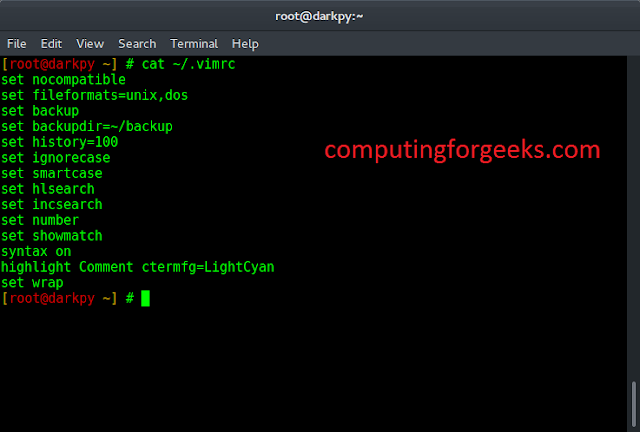numpy.add() function is used when we want to compute the addition of two array. It add arguments element-wise. If shape of two arrays are not same, that is arr1.shape != arr2.shape, they must be broadcastable to a common shape (which may be the shape of one or the other).
Syntax : numpy.add(arr1, arr2, /, out=None, *, where=True, casting=’same_kind’, order=’K’, dtype=None, subok=True[, signature, extobj], ufunc ‘add’) Parameters : arr1 : [array_like or scalar] Input array. arr2 : [array_like or scalar] Input array. out : [ndarray, optional] A location into which the result is stored. -> If provided, it must have a shape that the inputs broadcast to. -> If not provided or None, a freshly-allocated array is returned. where : [array_like, optional] Values of True indicate to calculate the ufunc at that position, values of False indicate to leave the value in the output alone. **kwargs :Allows to pass keyword variable length of argument to a function. Used when we want to handle named argument in a function. Return : [ndarray or scalar] The sum of arr1 and arr2, element-wise. Returns a scalar if both arr1 and arr2 are scalars.
Code #1 : Working
Python
# Python program explaining# numpy.add() function# when inputs are scalarimport numpy as geekin_num1 = 10in_num2 = 15print ("1st Input number : ", in_num1)print ("2nd Input number : ", in_num2) out_num = geek.add(in_num1, in_num2)print ("output number after addition : ", out_num) |
Output :
1st Input number : 10 2nd Input number : 15 output number after addition : 25
Code #2 :
Python
# Python program explaining# numpy.add() function# when inputs are arrayimport numpy as geekin_arr1 = geek.array([[2, -7, 5], [-6, 2, 0]])in_arr2 = geek.array([[5, 8, -5], [3, 6, 9]]) print ("1st Input array : ", in_arr1)print ("2nd Input array : ", in_arr2) out_arr = geek.add(in_arr1, in_arr2)print ("output added array : ", out_arr) |
Output :
1st Input array : [[ 2 -7 5] [-6 2 0]] 2nd Input array : [[ 5 8 -5] [ 3 6 9]] output added array : [[ 7 1 0] [-3 8 9]]
In-place addition:
You can also use the += operator to perform in-place addition of two arrays or a scalar and an array. This modifies the first array instead of creating a new one.
#code 3
The numpy.add() function is a part of the NumPy library in Python, and can be used to add two arrays element-wise. Here’s an example
Python3
import numpy as geek# Define two arraysa = geek.array([1, 2, 3])b = geek.array([4, 5, 6])# Add the arrays element-wisec = geek.add(a, b)# Print the resultprint(c) |
The time complexity of numpy.add() depends on the size of the arrays being added. If the arrays have n elements, the time complexity of the add() function is O(n), since it needs to iterate through each element in both arrays.
The space complexity of numpy.add() is O(n), as it creates a new array to store the result of the addition.




